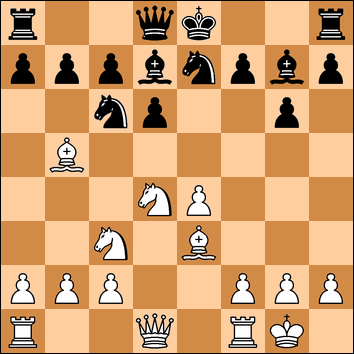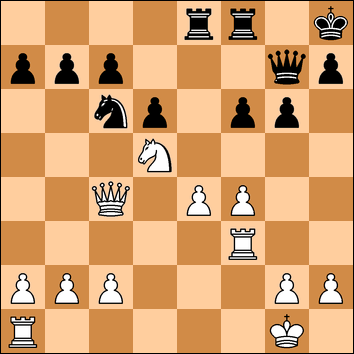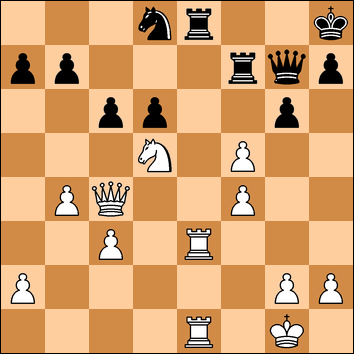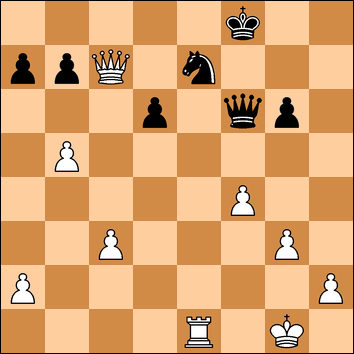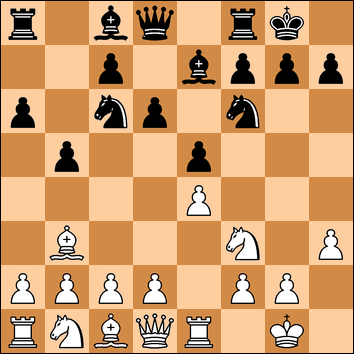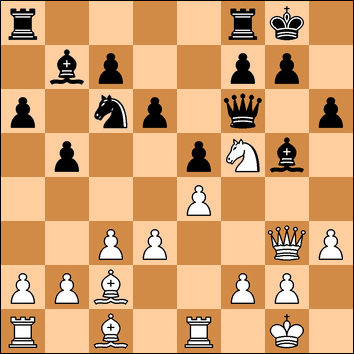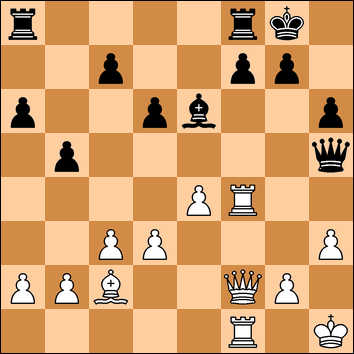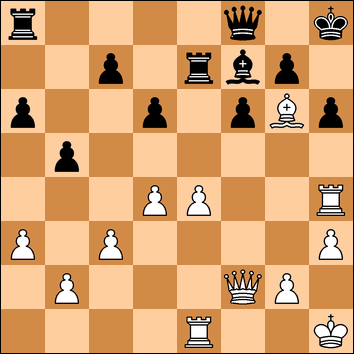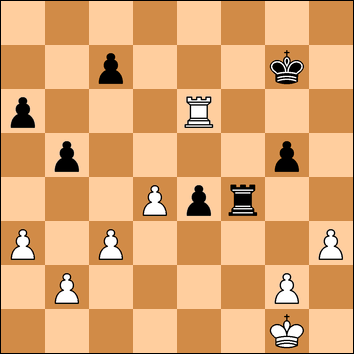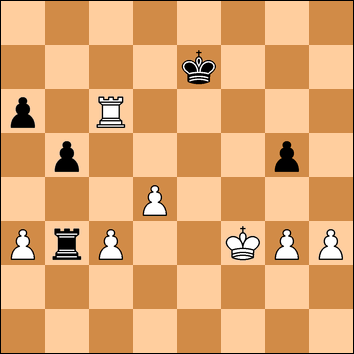Thursday 27 April 2017
White: I. Lappin (125) - Black: K. Nevols (134)
And so into the final group - five more games and there were three of us in the hunt.
My opponent was well known for his unusual opening play so I had no idea what to expect.
1. g3 f5
So I decide to convert the game into a Dutch defence
2. d3 Nf6
3. Bg5 e6
4. Nc3 Be7
5. h3 Nc6
With a white pawn on d4, this move can be difficult to make - but no problems here.
6. a3 d6
7. Bg2 O-O
8. Bc1
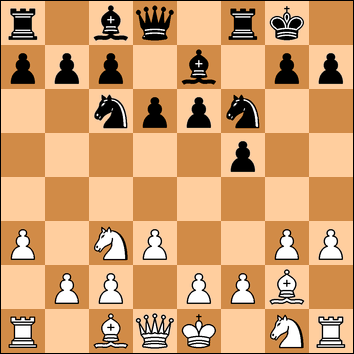
A few tempi ahead, it was time to think of a plan. I decide to advance on the kingside - although it may have been wiser to see where White will be putting his king. So perhaps d5 with d4 and e5 advancing in the centre would have been an idea.
8. .... Qe8
9. b3 Qg6
10. e3 e5
11. Nge2 a6
This was to prevent Nb5 but with White shadow boxing from a distance I was already getting frustrated.
12. Bb2 Be6
13. Qd2 Qf7
To consider options of g5 and/or e4 (after d4) without allowing Nf4.
14. O-O-O Rab8
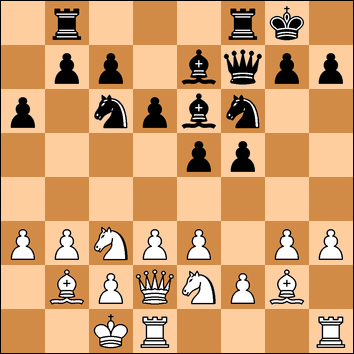
White has set up a sort of reverse hedgehog defence - the pawns looking very spiky - and has castled so I can start to think of a plan. However 14. ... Rab8 was not the best move. It was played to allow me to move the knight - but 14. .. d5 is more energetic. The game is now equal and we now go into some exchanges.
15. d4 exd4
16. Nxd4 Bd7
17. Nde2 Ne5
18. Nd5 Nxd5
19. Bxd5 Be6
20. Bxe6 Qxe6
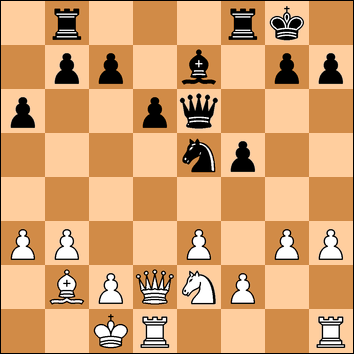
21. Qc3! is good - hitting the c7 pawn and threatening f4. Black has to play 21. ... Qf7 22. Qxc7 Rfc8 23. Qa5 Qxb3 getting the pawn back. After 24. Qd5+ Qxd5 25. Rxd5 he has the advantage.
21. Qd5 Qxd5
22. Rxd5
The position is level but White now has the option of a kingside initiative. My pieces are not so well placed so I decide to make some adjustments.
22. ... c6
23. Rd1 Kf7
24. f4 Nd7
25. Nd4 g6
26. g4!
White's intention is to open up the kingside for his rooks to oppose the black king.
26. .... c5
27. Nf3 Ke6
A case of active defence - by getting the king out of there - and connecting the rooks along the eighth rank.
28. g5 b5
Now trying some active play of my own.
29. h4 Rg8
30. Rde1!
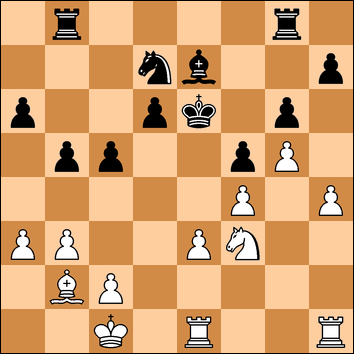
The computer prefers 30. h5 (although that is coming) but this move is strong, threatening e4 and to make play against the king. I thought that things are now getting grim and I've got to get those bishops off. First, e4 must be prevented.
30 . d5
31. h5 Bf8
32. hxg6 hxg6
33. Rd1 Bg7
I was relieved to regain some control of the h8 square and maybe some thoughts of using the h-file myself.
34. Rh2 Bxb2
35. Kxb2 Rbe8
36. Rhd2 Nb6
37. Ne5
I was getting some sense of hanging on a cliff. The position is just about holding.
37. ... c4
38. Rh2 Nc8
39. Rh6 Ne7 40. Rdh1 was a worry, but could I open a counter attack against White's king?
39. Nc6 Ne7
40. Nd4+ Kd6
41. Rh6 Ref8
I considered 41. .. Rh8 42. Rdh1 Rxh6 but 43. gxh6 and a later h7 was a concern. The text was to defend the f5 pawn and allow the knight to move.
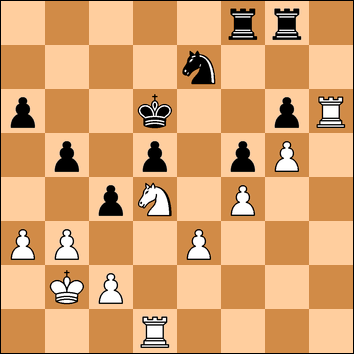
42. Nf3 Rh8
43. Ne5 Ke6??
In time trouble, and after balancing on the ledge for so long, at last Black cracked. 43. .. Rxh6 was the only move, although, as I said, 44. gxh6 worried me.
But now pawns topple and the game is lost.
44. Nxg6 Nxg6
45. Rxg6+ Ke7
46. Rxd5 cxb3
47. Kxb3
So down to the last hope. If I can get the rooks buzzing around the white king, there would be a small chance of perpetual check. There would also be a bigger chance of Black getting checkmated.
47. ... Rh3
48. Re5+ Kd7
49. Rxa6 Rc8
50. Rae6 Rh2
51. Re7+ Kd6
52. R5e6+ Kd5
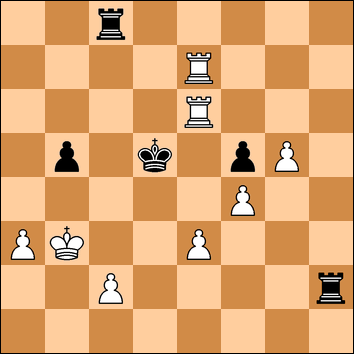
53. c3?!
After 53. Rf6 then 54. Re5 mate is unstoppable.
53. ... Rh1
54. Re5+ Kd6
55. Re8 Rc4
56. Rxb5 Rc6
57. Ree5 Kc7
Both of us were low on time and now in my last five minutes I could stop writing down the moves. My rooks kept buzzing to the king, and White carefully guarded against the perpetual. Several moves later, we got to the following position.
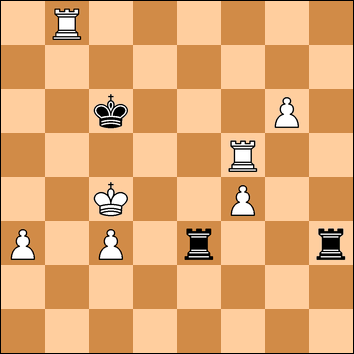
White now defended the threat against the c-pawn with Rb3 - and, to my general amazement, I played Re4 checkmate.
A very fortunate victory.
